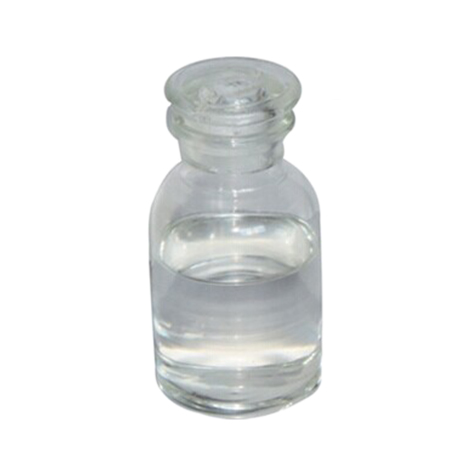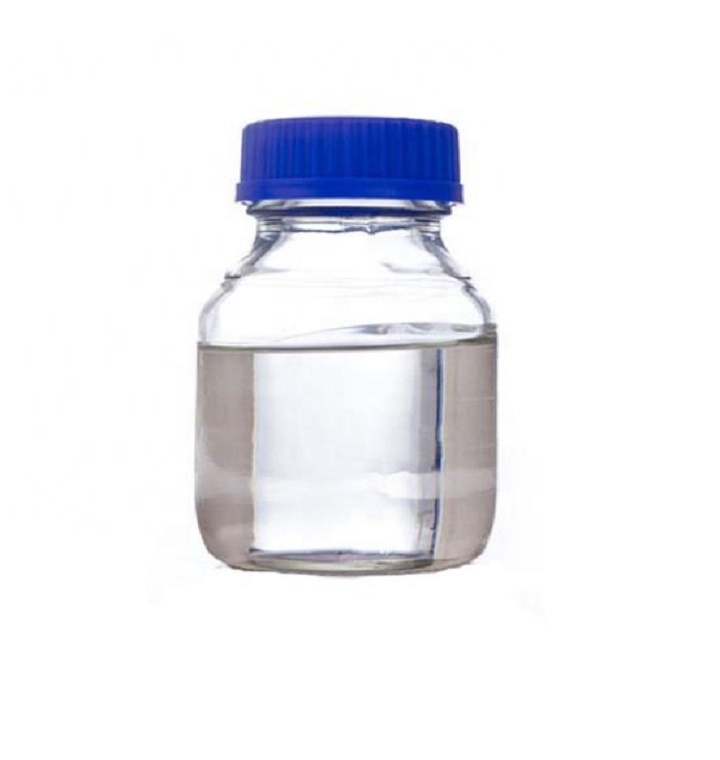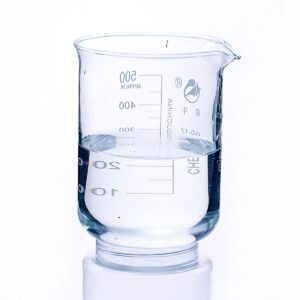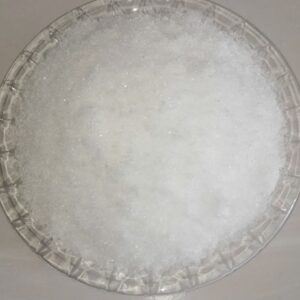Description
Chemical Identity and Structure
-
Chemical Name: Ethyl Vinyl Ether
-
Synonyms: Ethoxyethene, Vinyl ethyl ether
-
Chemical Formula: C4H8O
-
Molecular Weight: 72.11 g/mol
-
CAS Number: 109-92-2
-
Purity: 98% minimum
Specifications of Ethyl Vinyl Ether (98%)
| Property | Specification |
|---|---|
| Appearance | Clear, colorless liquid |
| Purity | ≥ 98% |
| Boiling Point | 34–35 °C |
| Density (20°C) | ~0.75 g/cm³ |
| Refractive Index (n20/D) | 1.374–1.376 |
| Flash Point (Closed Cup) | -28 °C |
| Solubility | Slightly soluble in water, miscible with alcohol and ether |
| Storage Conditions | Store in cool, dry, well-ventilated area; keep away from heat, sparks, and open flame |
Applications of Ethyl Vinyl Ether
🔬 Pharmaceutical Synthesis
Ethyl vinyl ether is widely used as a building block in drug synthesis, particularly in the production of heterocycles, intermediates, and fine chemicals. Its vinyl group is highly reactive in Michael additions and polymerization reactions.
🧪 Polymer Chemistry
Due to its reactivity, it is an ideal monomer or co-monomer in the synthesis of functional polymers and resins, especially for applications that require low-temperature curing and fast reactivity.
🏭 Industrial Solvent and Intermediate
It acts as a solvent in certain specialized reactions and as an intermediate in the production of plasticizers, coatings, and adhesives.
Handling and Storage
Because ethyl vinyl ether is highly flammable and may form peroxides upon exposure to air, it should be handled with caution. Proper ventilation, explosion-proof equipment, and inert atmosphere storage (e.g., under nitrogen) are recommended. Containers should be tightly sealed and stored away from oxidizing agents and ignition sources.
Environmental and Safety Considerations
-
Hazard Classification: Flammable liquid (Category 1)
-
Health Hazards: May cause eye and respiratory irritation; vapors may cause dizziness or headache
-
Protective Measures: Use in well-ventilated areas, wear gloves, goggles, and protective clothing
Conclusion
Standard Ethyl Vinyl Ether (Ethoxyethene, 98%) is a highly valuable chemical intermediate with a wide array of industrial applications, particularly in organic synthesis, polymer manufacturing, and pharmaceuticals. Its high purity and reactive functional groups make it ideal for use in advanced chemistry, provided that proper safety and storage measures are in place. For manufacturers and researchers seeking a fast-reacting, versatile ether, ethyl vinyl ether is a dependable choice.







